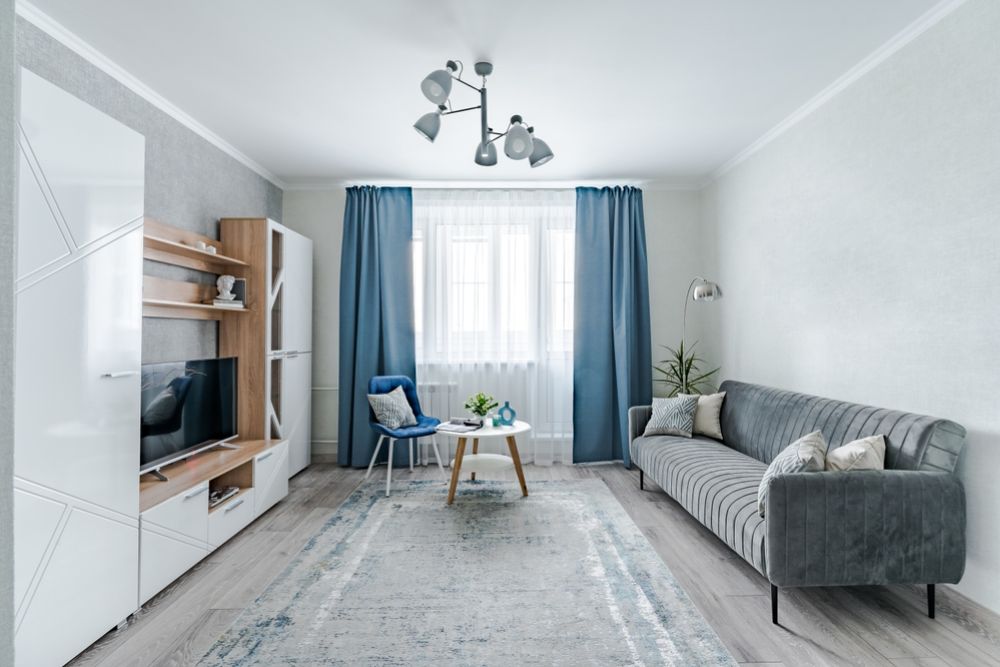Choosing the right paint for your home involves understanding the different types of paint available, their finishes, and the techniques for applying them to achieve the best results. Paint can dramatically affect the appearance and mood of a space, making it crucial to select the right type and color to match your home's design and your personal preferences. This article will guide you through the types of paint available, how to choose the right one for various spaces in your home, and some tips on techniques for painting like a pro.
Understanding Paint Types
There are primarily two types of paint to consider for interior walls: water-based and oil-based. Water-based paints, also known as latex paints, are popular due to their easy cleanup with water, low odor, and quick drying times. They are versatile and can be used on most surfaces. On the other hand, oil-based paints are valued for their durability and resistance to staining, making them ideal for high-traffic areas or surfaces that endure a lot of wear and tear. However, they require more time to dry and a solvent for cleanup. Your choice between water-based and oil-based paints will depend on the project's specific needs, including the surface type, the area's use, and personal preferences regarding drying time and cleanup.
Selecting the Right Finish
The finish of the paint can significantly impact the look and feel of a room. Finishes range from matte or flat, which offers a non-reflective, smooth appearance ideal for hiding imperfections on walls, to high-gloss, which is very durable and easy to clean but highlights imperfections. Between these extremes are eggshell, satin, and semi-gloss, each offering a balance of sheen and practicality for different room uses. For instance, satin and eggshell are great for living rooms and bedrooms, while semi-gloss and high-gloss are better suited for bathrooms, kitchens, and trim due to their moisture resistance and ease of cleaning.
Color Considerations
Choosing the right color is perhaps the most subjective part of selecting paint, but it's also one of the most impactful. Consider the mood you want to create in each room; for example, cool tones like blues and greens can create a calming effect, while warm tones like reds and oranges can make spaces feel more vibrant and energetic. Neutral colors provide flexibility and longevity in décor choices. It's also important to consider the lighting in a room, as this can significantly affect how a paint color looks. Test samples on walls and observe them at different times of the day to ensure you're happy with the appearance under various lighting conditions.

Preparing for Painting
Proper preparation is key to achieving a professional-looking paint job. This includes cleaning the walls, repairing any holes or imperfections, and applying primer if needed. Primer is especially important when painting over a darker color with a lighter one, painting a new drywall, or dealing with surfaces that might be prone to stains or moisture. Taking the time to properly prepare surfaces can significantly improve the paint's adherence and finish.
Painting Techniques for a Professional Finish
Applying paint correctly can make a big difference in the finish and longevity of your paint job. For walls, use a roller for large, flat areas and a brush for cutting in at edges and around trim. To avoid lap marks, paint in small sections and maintain a "wet edge" by overlapping slightly with each stroke. For a smooth finish, consider using a paint conditioner with water-based paints or a penetrol with oil-based paints, which can help the paint flow better and reduce brush marks.
Choosing Paint for Different Areas of the Home
Different areas of your home will have different requirements for paint based on traffic, moisture, and aesthetic needs. For high-traffic areas like hallways and playrooms, consider using a durable, washable paint finish like semi-gloss or satin. In moisture-prone areas like bathrooms and kitchens, look for paints specifically formulated to resist mold and mildew. For living areas and bedrooms, the choice is more about personal preference, but matte and eggshell finishes are popular for their soft appearance and ability to hide imperfections.
Maintenance and Touch-ups
Even the best paint job will require maintenance and occasional touch-ups. Keep some of your paint stored in a small container for quick fixes. Clean painted surfaces gently with a soft, damp cloth, and address chips or scratches promptly to keep your walls looking fresh.
Eco-Friendly Options
As environmental awareness increases, many homeowners are looking for eco-friendly paint options. Low-VOC (volatile organic compounds) and zero-VOC paints are available that minimize harmful emissions, improving indoor air quality and reducing environmental impact. These paints are especially beneficial in homes with children, pets, or allergy sufferers.
Choosing the right paint for your home involves considering the type of paint, the finish, color, and application techniques. Understanding the unique qualities of each type of paint and how they match your needs will ensure you make an informed decision. Proper preparation and application are crucial to achieving a lasting and aesthetically pleasing paint job. With the right approach, you can transform your space with color and finish that reflects your style while ensuring durability and ease of maintenance. Remember to consider eco-friendly options to reduce environmental impact and promote a healthier living space.




